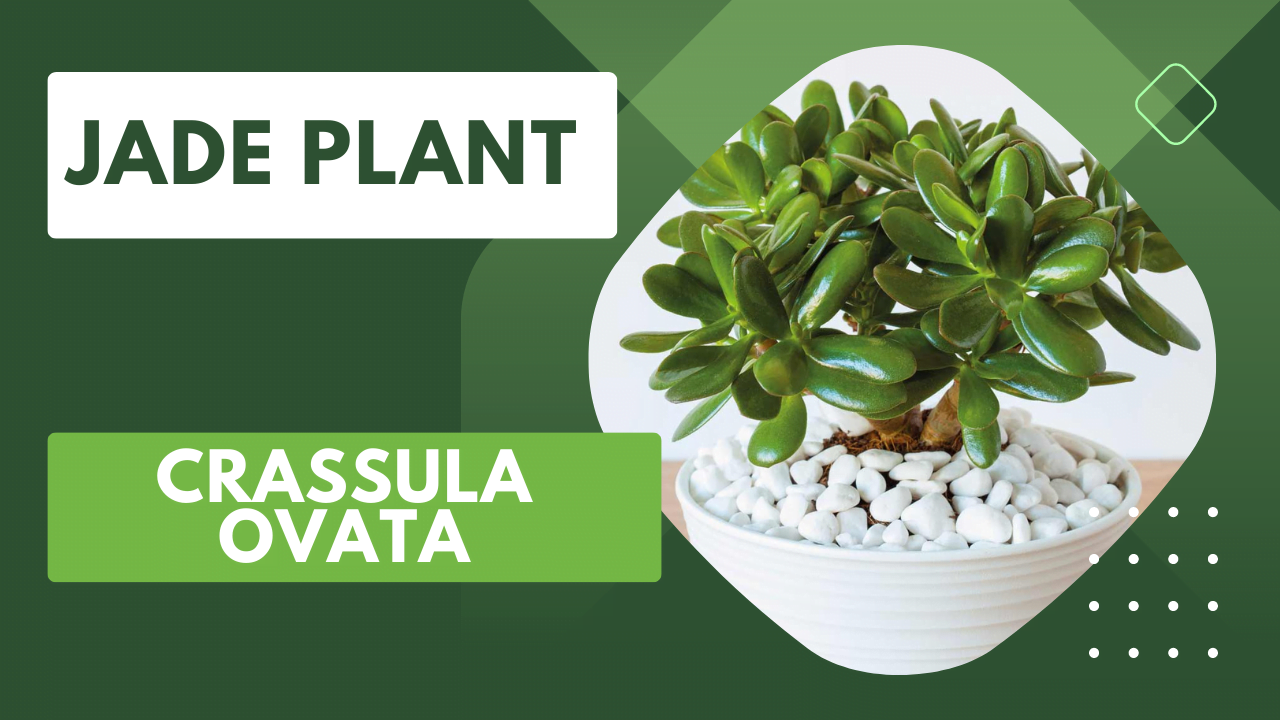How to Grow and Care for Curry Leaf Trees, When to Plant Curry Leaf Plant, Cultivation and Propagation from seeds or cuttings, Pruning, Pets, Growing the Curry Tree in cold countries like the UK, US, and Australia, Benefits
The curry tree (Murraya koenigii), also known as the sweet neem or kadi patta, is a small evergreen tree native to India and Sri Lanka. It is widely used in Indian cuisine for its aromatic leaves, which have a citrusy, slightly bitter flavor. Curry leaves are also used in traditional medicine to treat a variety of ailments, including digestive problems, skin conditions, and diabetes.

How to Grow the Curry Leaf Plant and Tree
Curry Leaf Plant and Trees can be grown in both tropical and subtropical climates. They prefer full sun and well-drained soil. Growing a Curry Tree requires careful attention to its specific needs. Here’s a guide on how to cultivate and care for this remarkable plant:
- Soil: In countries like the UK, US, and Australia, the Curry Leaf Plant and Tree thrive best in well-drained potting compost, primarily when grown in containers to protect it from harsh winter weather. Curry trees prefer slightly acidic soil with a pH of 6.0 to 7.0.
- Curry leaf plant temperature range: This tree is sensitive to cold temperatures and requires a warm, tropical, or subtropical climate to grow successfully. Curry Leaf plants are frost-tender, and they thrive when temperatures range from 65-85 degrees Fahrenheit (18-29 degrees Celsius). During the winter, they may lose their leaves but will bounce back in the spring with proper care.
- Light: Curry Leaf Trees need plenty of sunlight. They should be exposed to at least 6-8 hours of direct sunlight daily. They will not produce as many leaves if they do not get enough sunlight. If you want you can use Grow Lights for Indoor Plants.
- Watering: Keep the soil consistently moist but not waterlogged. During the growing season, water regularly, and reduce watering in winter. Water deeply once a week, or more often if the weather is hot and dry.
- Fertilizer: Apply a balanced, slow-release fertilizer during the growing season to support healthy growth.
- Pests and Diseases: Curry leaf Plants are relatively resistant to pests and diseases. However, they can be susceptible to scale, mealybugs, and aphids, particularly on new growth. If you see any pests on your curry leaf tree, treat them immediately with an insecticidal soap or neem oil.
You can also read New Essential Houseplant Care Tips for Thriving Indoor Plants
Cultivation and Propagation from seeds or cuttings:
The Curry plant can be cultivated from seeds, cuttings, or air layering. Seeds may take longer to establish, but cuttings and air layering can be faster methods. Once the tree is established, it requires minimal care.
- Propagation through Seed: To sow the seeds, fill a pot with moist, well-draining potting mix. Sow the seeds on top of the potting mix and cover them with a thin layer of soil. Water the pot well and keep the soil moist until the seeds germinate. Once the seedlings have sprouted, transplant them into individual pots or into the ground.
- Propagation through cutting: Propagation through cuttings is a common and effective method. To propagate from cuttings, take a 6-inch cutting from a healthy curry plant. Dip the cut end of the cutting in rooting hormone and plant it in a pot filled with moist, well-draining potting mix. Keep the soil moist and warm until the cutting roots. Once the cutting has rooted, transplant it into the ground.
- Pruning: Curry trees do not need to be pruned heavily, but they can be pruned to maintain their shape and size. Prune curry plant in the spring or early summer, before the plant goes dormant. It’s also a good practice to remove dead or diseased branches.
Stages of Curry Leaf Plant Growth:
The curry leaf plant typically goes through the following stages of growth:
- Seedling Stage: This is the initial stage when the plant emerges from the seed.
- Young Plant Stage: The plant develops more leaves and branches, becoming a young shrub.
- Mature Plant Stage: This is when the plant is fully grown and produces aromatic leaves.
Types of Curry Leaf Plants:
There are several types of curry leaf plants, but the most commonly cultivated variety is Murraya koenigii. This variety is widely used in Indian cooking and is known for its aromatic leaves.
When We Can Plant Curry Leaf Tree?
Curry trees can be planted year-round in tropical and subtropical climates. It’s best to plant Curry Trees during the spring or early summer when temperatures are consistently warm.
Signs of a Dying Curry Leaf Plant:
Like any other plant, curry leaf plants can also suffer from various issues that can lead to their decline. Here are some signs that indicate your curry leaf plant might be dying:
- Yellowing Leaves: One of the most common signs of a dying curry leaf plant is the yellowing of its leaves. This can be due to various factors, including nutrient deficiencies, overwatering, or poor soil quality.
- Leaf Drop: The curry leaf plant may start shedding its leaves excessively. This can be caused by stress, improper watering, or disease.
- Wilting and Drooping: The leaves and branches of a dying curry leaf plant may appear wilted and droopy. This is often a result of insufficient water or poor drainage.
- Stunted Growth: If your curry leaf plant is not growing as expected or has stopped growing altogether, it may be a sign of underlying issues.
- Browning of Leaves: The leaves may develop brown spots or edges, which can be an indicator of pests or diseases.
You can also read 7 houseplants to remove mold, mildew, and condensation
Reasons for Curry Leaves Falling Off:
Curry leaf plants may lose their leaves due to various reasons, including:
- Overwatering: Excessive moisture can lead to root rot, which in turn causes leaf drop.
- Underwatering: Lack of adequate watering can stress the plant, causing it to shed leaves to conserve water.
- Nutrient Deficiency: A lack of essential nutrients, especially nitrogen, can lead to leaf drop.
- Pests and Diseases: Insects and diseases can damage the leaves, causing them to fall off.
You can also read about the Top 12 Must-Have Houseplant Care Accessories for Indoor Plant
Why Is My Curry Leaf Plant Dying?
Several factors can contribute to the decline of a curry leaf plant. These include:
- Environmental Stress: Curry leaf plants are sensitive to harsh conditions, including extreme temperatures and dry air. If the plant is exposed to unfavorable conditions, it may start dying.
- Poor Soil Quality: Inadequate soil quality can hinder root development and nutrient absorption.
- Pest Infestations: Common pests like aphids, mealybugs, or scale insects can damage the plant, leading to its decline.
- Disease: Fungal or bacterial diseases can weaken the plant, causing it to wither.
Growing the Curry Leaf Plant and Tree in the UK
Curry plants or trees can be grown in the UK, but they will need to be grown in a greenhouse or conservatory. Curry trees need warm temperatures and full sun to thrive, so they will not survive outdoors in the UK winters.
To grow a curry plant in the UK, start with a young plant from a nursery or garden center. Pot the plant in a well-draining potting mix and place it in a sunny spot in your greenhouse or conservatory. Water the plant regularly and fertilize it every two weeks during the growing season.
Growing Curry Trees in the UK can be a bit challenging due to the cooler climate. In colder regions, it’s best to grow them in pots or containers that can be brought indoors during the winter months. This allows them to thrive in the summer and be protected from frost during the winter.
You can also read How To Save Tulsi Plant From Dying
How to Save Curry Leaf Plant from Dying in Winter:
To protect your curry leaf plant during the winter:
- Move Indoors: If you live in an area with harsh winters, consider bringing your curry leaf plant indoors to protect it from cold temperatures.
- Provide Adequate Light: Place the plant near a sunny window to ensure it gets enough light during the winter months.
- Water Sparingly: Reduce watering during the winter as the plant’s growth slows down. Allow the soil to partially dry out between waterings.
- Monitor for Pests and Diseases: Inspect your plant regularly for signs of pests or diseases and take prompt action if you notice any issues.
How to Take Care of Your Curry Leaf Plant:
To ensure the health and vitality of your curry leaf plant:
- Sunlight: Provide plenty of direct sunlight, at least 6-8 hours per day.
- Well-Drained Soil: Use well-draining soil to prevent root rot.
- Regular Watering: Water the plant when the top inch of soil is dry, but avoid overwatering.
- Fertilize: Apply a balanced, slow-release fertilizer during the growing season (spring and summer).
- Pruning: Prune the plant to remove dead or unhealthy branches and promote bushier growth.
Storing Fresh Curry Leaves
Fresh curry leaves can be stored in the refrigerator for up to a week. To store, wrap the leaves in a damp paper towel and place them in a sealed bag.
Culinary Uses and Benefits of the Curry Tree
Curry leaves are an essential ingredient in many Indian, Sri Lankan, and Southeast Asian dishes. They impart a unique flavor and aroma to curries, stews, soups, and rice dishes. They can be added at the beginning of the cooking process or used as a garnish.
- Using Curry Leaf as Herb – In Indian cooking, the whole leaves are often sautéed in oil at the start of a dish to release their flavor. They are also used in tempering, creating aromatic oils to pour over finished dishes.
- Medicinal Uses- Beyond culinary uses, Curry Leaves are known for their medicinal properties. They are a rich source of antioxidants, vitamins, and minerals, and have been traditionally used to treat various health conditions, including diabetes, digestive issues, and skin problems.
- Other Uses- Apart from culinary and medicinal uses, the Curry Tree is valued for its aromatic foliage. The leaves are sometimes used in perfumes and fragrances, and their essential oils are sought after in the cosmetics industry.
Common Pests Affecting Curry Leaf Plants and How to Treat Them:
Common pests that can affect curry leaf plants include aphids, mealybugs, scale insects, and spider mites. To treat these pests:
- Insecticidal Soap: Use insecticidal soap or neem oil to control aphids and mealybugs.
- Pruning: Remove heavily infested leaves or branches and dispose of them properly.
- Regular Inspection: Regularly inspect your plant for signs of pests and take action as soon as you notice a problem.
- Natural Predators: Encourage natural predators like ladybugs and lacewings to help control pest populations.
FAQ
My curry leaf plant is not growing. What could be the problem?
There are several factors that may affect the growth of your curry leaf plant. Check if it’s getting enough sunlight, well-draining soil, and appropriate watering. Ensure the plant is not overwatered or exposed to cold temperatures, as these can hinder growth.
What is the difference between caring for a curry plant and a curry tree?
In practical terms, the care for a curry plant and a curry tree is quite similar. Both require well-draining soil, sunlight, and proper watering. However, a curry tree may refer to a more mature and larger specimen that requires more space.
How do I care for a curry leaf plant?
To care for a curry leaf plant, provide it with well-draining soil, and ample sunlight, and water it when the top inch of soil is dry. Fertilize during the growing season, prune to shape the plant, and watch for pests. Remember to protect it from frost, especially in colder climates.
Can I grow curry leaves at home?
Yes, you can grow curry leaves at home. Choose a sunny location, use well-draining soil, and water the plant appropriately. Whether in a pot or directly in the ground, curry leaf plants can thrive with proper care.
How do I take care of my curry leaf plant in winter?
In winter, protect your curry leaf plant from cold temperatures and frost. If you live in a colder climate, consider bringing the plant indoors or providing it with frost protection. Reduce watering in winter, but don’t let the soil dry out completely.
Is a grow light necessary for my curry leaf plant?
While curry leaf plants prefer natural sunlight, a grow light can be beneficial, especially in areas with limited sunlight. Choose a full-spectrum grow light and position it to provide adequate light for the plant. Be mindful of the light duration to mimic natural daylight hours.
What is the temperature range for a curry leaf plant?
Curry leaf plants thrive in temperatures between 65°F to 80°F (18°C to 27°C). They are sensitive to frost, so it’s important to protect them from cold temperatures, especially below 50°F (10°C).
When is the best time to prune a curry plant in the UK?
In the UK, the best time to prune a curry plant is in late spring or early summer. This allows the plant to recover and produce new growth during the active growing season.
What is the best compost for a curry leaf plant in the UK?
The best compost for a curry leaf plant in the UK is a well-draining mix with added organic matter. A mix of multi-purpose compost and perlite or sand for improved drainage is suitable. Ensure the compost is rich in nutrients to support the plant’s growth.





Wonderful suggestions please keep writing your thoughts. Thank you so much